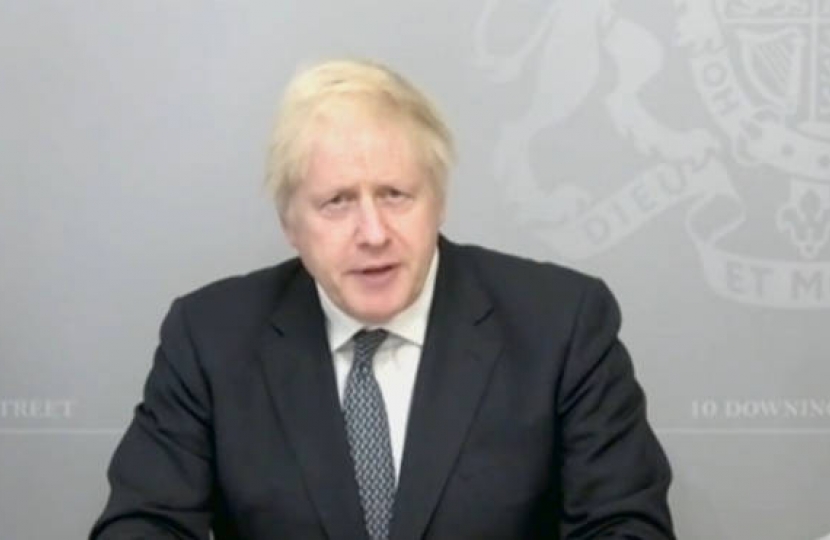
Today, on video in the House of Commons, the Prime Minister made an announcement:
- National restrictions to end on 2 December, with England returning to local tiers
- Shops, gyms, personal care, and leisure to reopen, whilst collective worship, weddings and outdoor sports can resume
- Tiers toughened in some areas to safeguard gains, and ensure testing and vaccines can have maximum impact
- Prime Minister to announce on Thursday which area will be in each tier, based on latest data
The Prime Minister has published the government’s COVID Winter Plan, setting out the end of national restrictions and the steps ministers will take to help bring life back to normal by Spring.
The plan seeks to bring R below 1, find new ways of managing the virus and enabling life to return closer to normal, and minimise damage to the economy and society.
The collective effort during national restrictions has brought the virus back under control, slowed its spread and eased pressure on the NHS – meaning national restrictions will end on 2 December.
Across England, this means the ‘stay at home’ order will end and shops, gyms, personal care, and the leisure sector will reopen.
Collective worship, weddings and outdoor sports can resume, and people will not be limited to seeing one other person in outdoor public spaces. Instead, the rule of 6 will again apply.
However, the virus is still present and the Prime Minster, Chief Medical Officer and Chief Scientific Advisor agree that without targeted measures in areas where it is most prevalent, it could again run out of control. That would jeopardise progress made, and risk intolerable pressure on the NHS.
England will therefore move back into a regional, tiered approach – safeguarding the gains made, and using scientific advances in vaccination, treatments and testing to enable life gradually to return closer to normal by Spring.
Some restrictions will be amended, given lessons learned from previous tiers. For example, the hospitality curfew has been modified to last orders at 10pm and closing time at 11pm, allowing customers to depart in a staggered way.
In tiers 1 and 2, spectator sport can also resume outside with capacity limits and social distancing, providing consistency with theatres and concert halls.
But SAGE are clear that, while previous tiers reduced the R rate, they were not enough to bring it below 1.
That is why all tiers will be toughened. For example, in tier 1 people will be encouraged to minimise travel and work from home where possible.
In tier 2, alcohol may only be served in hospitality settings as part of a substantial meal. In tier 3, hospitality will close except for delivery and takeaway, and indoor entertainment venues, such as cinemas, casinos and bowling alleys, must also close.
These tiers will be uniform, without negotiations on specific measures, and will be based on the following criteria:
- Case rates in all age groups;
- Case rates in the over 60s;
- The rate at which cases are rising or falling;
- The number of cases as a percentage of tests taken
- Pressure on the NHS, including current and projected occupancy.
Tiering allocations will be reviewed every 14 days, and tiering regulations will expire in law at the end of March.
Ministers continue to work with the Devolved Administrations on plans for temporary relaxation over Christmas and will set out details shortly, including for the clinically extremely vulnerable.
Given how tough these measures are for tier 3 areas, the government will rapidly extend community testing in those areas.
Following the example of Liverpool, tier 3 areas will be able to participate in a six-week community testing programme to identify asymptomatic cases, and ensure they self-isolate.
The government also plans to introduce frequent testing as an alternative to the need for self-isolation for people who have had close contact with a positive case.
Instead, contacts would have regular tests during the isolation period and only have to self-isolate if they test positive.
This will be trialled in Liverpool first then, if successful, will be rolled out across the NHS and care homes in December, and to everyone else from early next year. We will set out full details of our plans shortly.
You can read the full COVID Winter Plan here.
